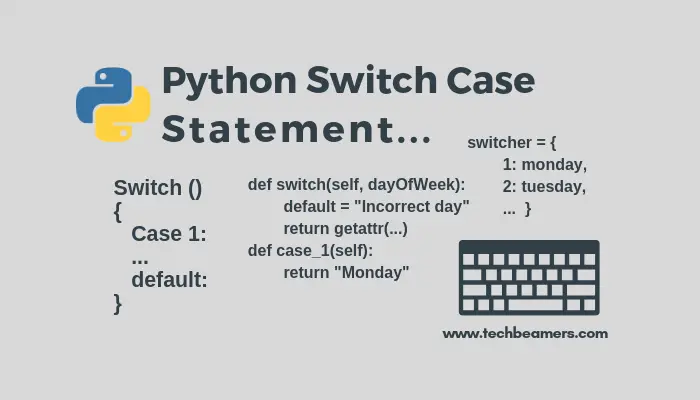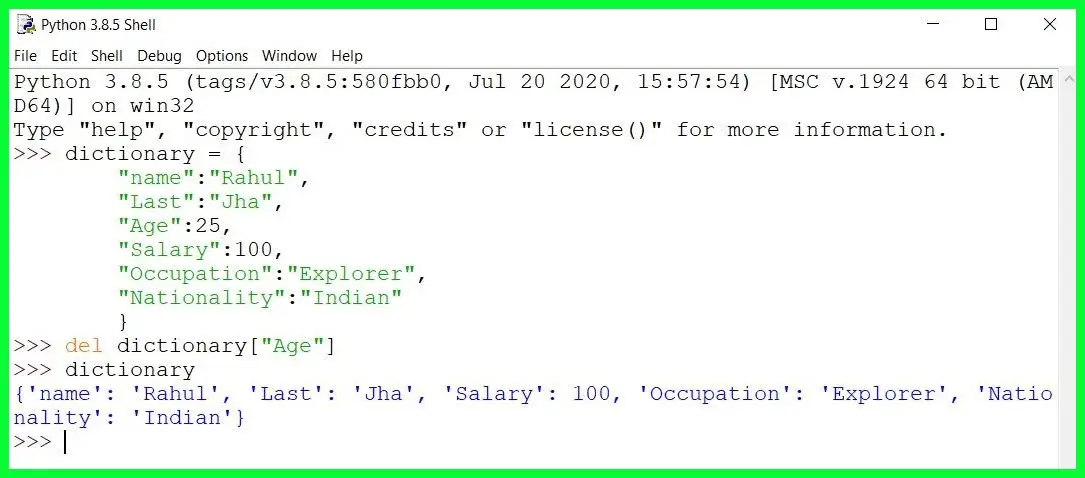

Py_ssize_t referred to by ppos must be initialized to 0 Iterate over all key-value pairs in the dictionary p. Int PyDict_Next ( PyObject * p, Py_ssize_t * ppos, PyObject ** pkey, PyObject ** pvalue ) ¶ Return the number of items in the dictionary. Py_ssize_t PyDict_Size ( PyObject * p ) ¶ Return a PyListObject containing all the values from the dictionary PyObject * PyDict_Values ( PyObject * p ) ¶

Return a PyListObject containing all the keys from the dictionary. PyObject * PyDict_Keys ( PyObject * p ) ¶ Return a PyListObject containing all the items from the dictionary.

PyObject * PyDict_Items ( PyObject * p ) ¶ Instead of evaluating it independently for the lookup and the insertion. This function evaluates the hash function of key only once, Is not in the dict, it is inserted with value defaultobj and defaultobj Returns the value corresponding to key from the dictionary p. This is the same as the Python-level tdefault(). PyObject * PyDict_SetDefault ( PyObject * p, PyObject * key, PyObject * defaultobj ) ¶ To get error reporting use PyDict_GetItemWithError() instead. _eq_() methods and creating a temporary string object This is the same as PyDict_GetItem(), but key is specified as a PyObject * PyDict_GetItemString ( PyObject * p, const char * key ) ¶ Return NULL without an exception set if the key Return NULL with an exception set if an exception Variant of PyDict_GetItem() that does not suppressĮxceptions. PyObject * PyDict_GetItemWithError ( PyObject * p, PyObject * key ) ¶ To get error reporting use PyDict_GetItemWithError() instead.Ĭhanged in version 3.10: Calling this API without GIL held had been allowed for historical Note that exceptions which occur while calling _hash_() and If the key key is not present, but without setting an exception. Return the object from dictionary p which has a key key. PyObject * PyDict_GetItem ( PyObject * p, PyObject * key ) ¶ Remove the entry in dictionary p which has a key specified by the string key. Int PyDict_DelItemString ( PyObject * p, const char * key ) ¶ If key is not in the dictionary, KeyError is raised. Remove the entry in dictionary p with key key. Int PyDict_DelItem ( PyObject * p, PyObject * key ) ¶ This function does not steal a reference to val. Insert val into the dictionary p using key as a key. Int PyDict_SetItemString ( PyObject * p, const char * key, PyObject * val ) ¶ Hashable if it isn’t, TypeError will be raised. Insert val into the dictionary p with a key of key. Int PyDict_SetItem ( PyObject * p, PyObject * key, PyObject * val ) ¶ Return a new dictionary that contains the same key-value pairs as p.

PyObject * PyDict_Copy ( PyObject * p ) ¶ This is equivalent to the Python expression key in p. Int PyDict_Contains ( PyObject * p, PyObject * key ) ¶ĭetermine if dictionary p contains key. Prevent modification of the dictionary for non-dynamic class types.Įmpty an existing dictionary of all key-value pairs. This is normally used to create a view to Return a types.MappingProxyType object for a mapping whichĮnforces read-only behavior. PyObject * PyDictProxy_New ( PyObject * mapping ) ¶ Return a new empty dictionary, or NULL on failure. Return true if p is a dict object, but not an instance of a subtype of Return true if p is a dict object or an instance of a subtype of the dict This is the same object as dict in the Python layer. This instance of PyTypeObject represents the Python dictionary This subtype of PyObject represents a Python dictionary object.


 0 kommentar(er)
0 kommentar(er)
